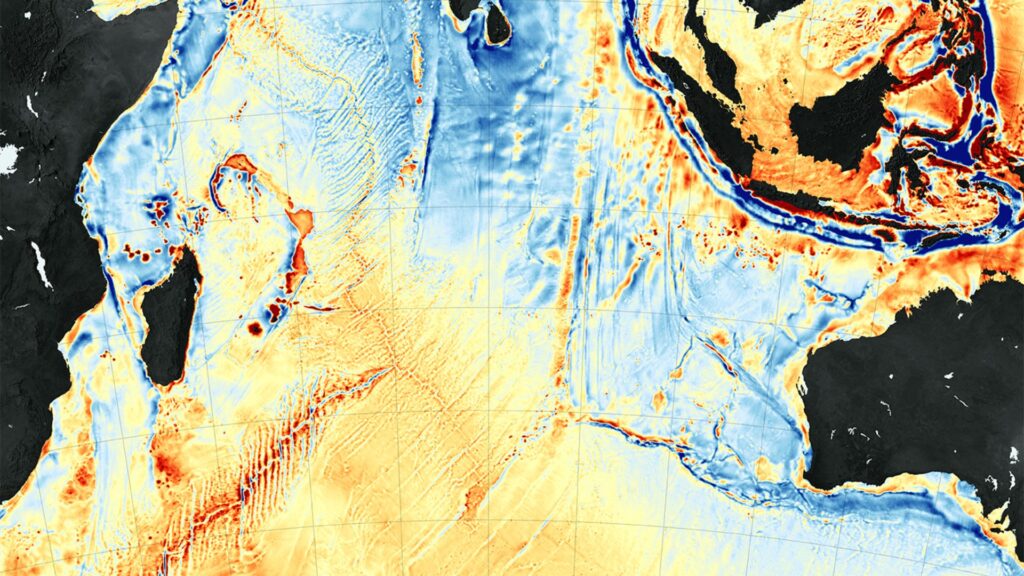Scientists have finally found an explanation for why the Indian Ocean has the largest gravity hole seen in the entire world.
This gravity anomaly was first discovered in 1948. However, it wasn’t until 2024 that researchers fully were able to understand this anomaly — and find out why this gravity hole exists in the first place.
The Mysterious Indian Ocean

Back in 1948, Dutch geophysicist Felix Andries Vening Meinesz discovered the Indian Ocean anomaly after inventing a device that successfully allowed for gravity to be measured at sea.
Though he discovered this remarkable mystery, he wasn’t able to find out why this gravity anomaly existed. For decades, this question has remained.
The Indian Ocean Geoid Low (IOGL)

This so-called gravity hole in the Indian Ocean is officially known as the Indian Ocean Geoid Low (IOGL). The IOGL is the world’s deepest and largest gravity hole — or, gravitational anomaly.
The IOGL also has the weakest pull of gravity seen anywhere else on Earth. Unsurprisingly, scientists have long been interested in this anomaly.
The Mystery of the IOGL
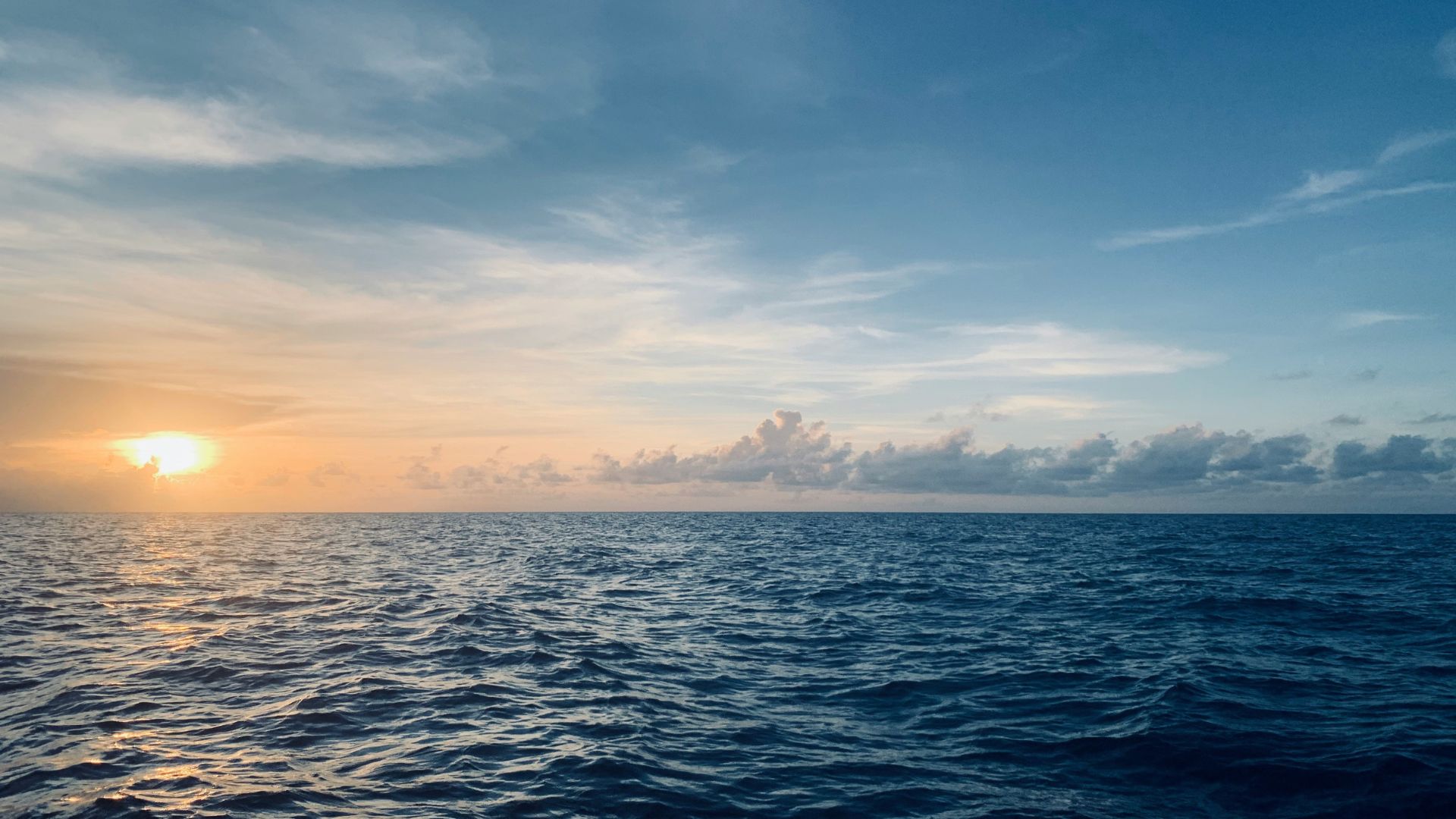
Other gravitational field anomalies have been discovered on Earth, so the fact that the IOGL has an odd gravity situation isn’t necessarily too surprising. For example, the differences in the overall density of the submarine and subsurface layers of rock have helped scientists understand the region’s gravitational variation.
This fact never shocked researchers. What did was the overall amplitude and size of the gravity hole anomaly in the Indian Ocean. They couldn’t explain why this size existed.
The Location of the Anomaly
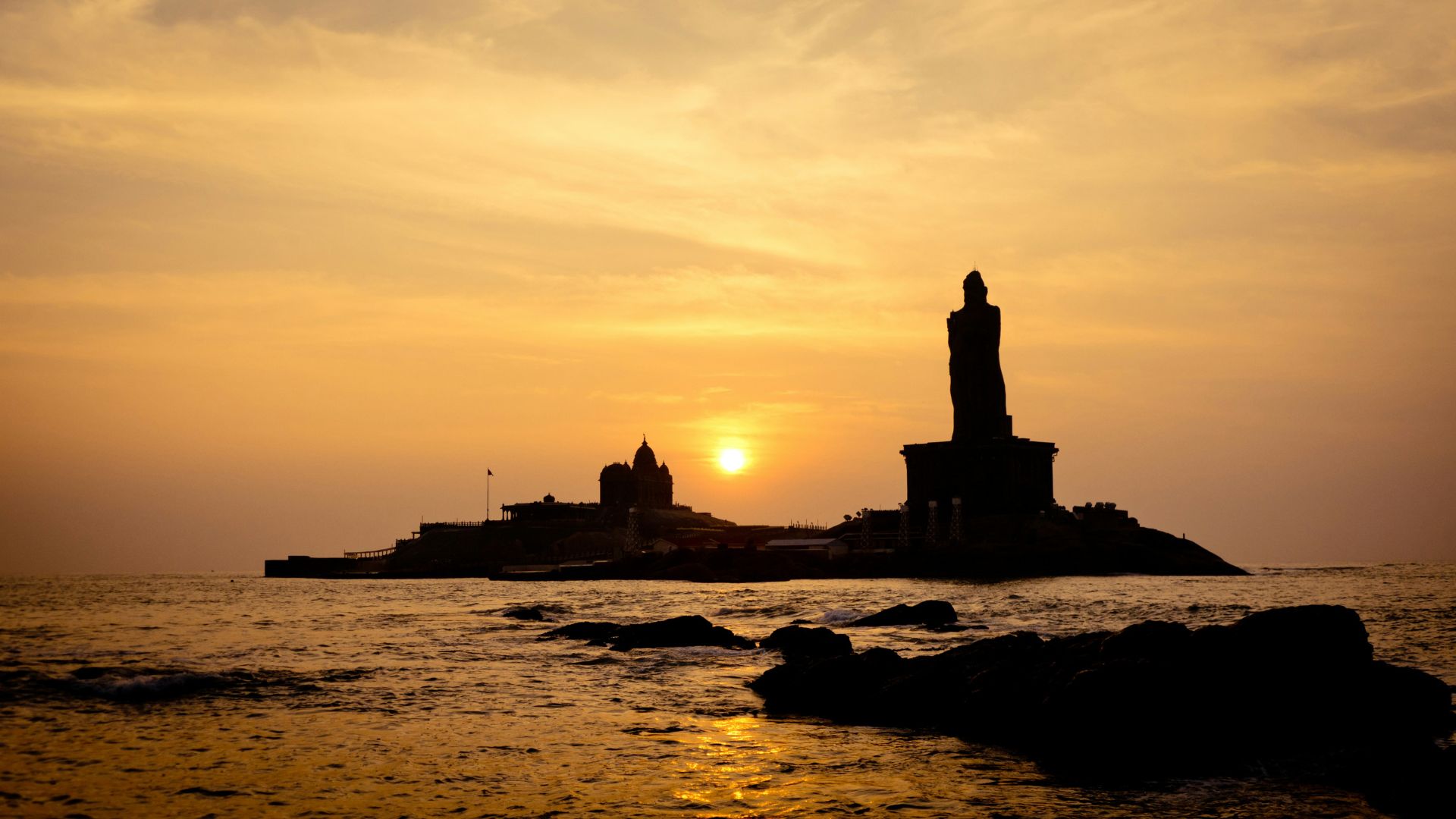
The IOGL can be found about 750 miles southwest of Kanyakumari, which is the southern tip of India.
In the Indian Ocean, the circular depression is about 1.2 million square miles, which is almost equal to the size of India. Meanwhile, because of this gravity anomaly, the IOGL’s sea level is about 348 feet lower than the worldwide average. Because of this, there’s a large amount of air where water should be, and scientists think about 25 cubic miles of water is actually being displaced because of this anomaly.
A New Revelation

For decades, scientists haven’t been able to crack the IOGL’s code. Therefore, the entire anomaly remained a huge mystery.
Now, things have changed. A team of scientists from the Indian Institute of Science (IISc) published a new study in the journal Geophysical Research Letters in which they reveal a theory about why this anomaly may exist.
An Older Ocean Is to Blame

According to this study, the Indian Ocean’s gravity hole is caused by the fragments of an older ocean’s sunken floor.
This team of scientists came to this conclusion after running countless simulations through a supercomputer, starting at 140 million years ago. By using these simulations, they looked to see how this anomaly may have been created an incredibly long time ago.
What the Supercomputer Revealed

These simulations revealed different theories. However, the models that actually ended up with a gravity hole that is remarkably similar to the IOGL all had the same factors and characteristics in common.
These similarities included the fact that low-density magma plumes were able to rise up and then displace higher-density material. As seen in these models, this ended up weakening the overall area’s gravity — which could explain what happened in the IOGL.
A New Theory
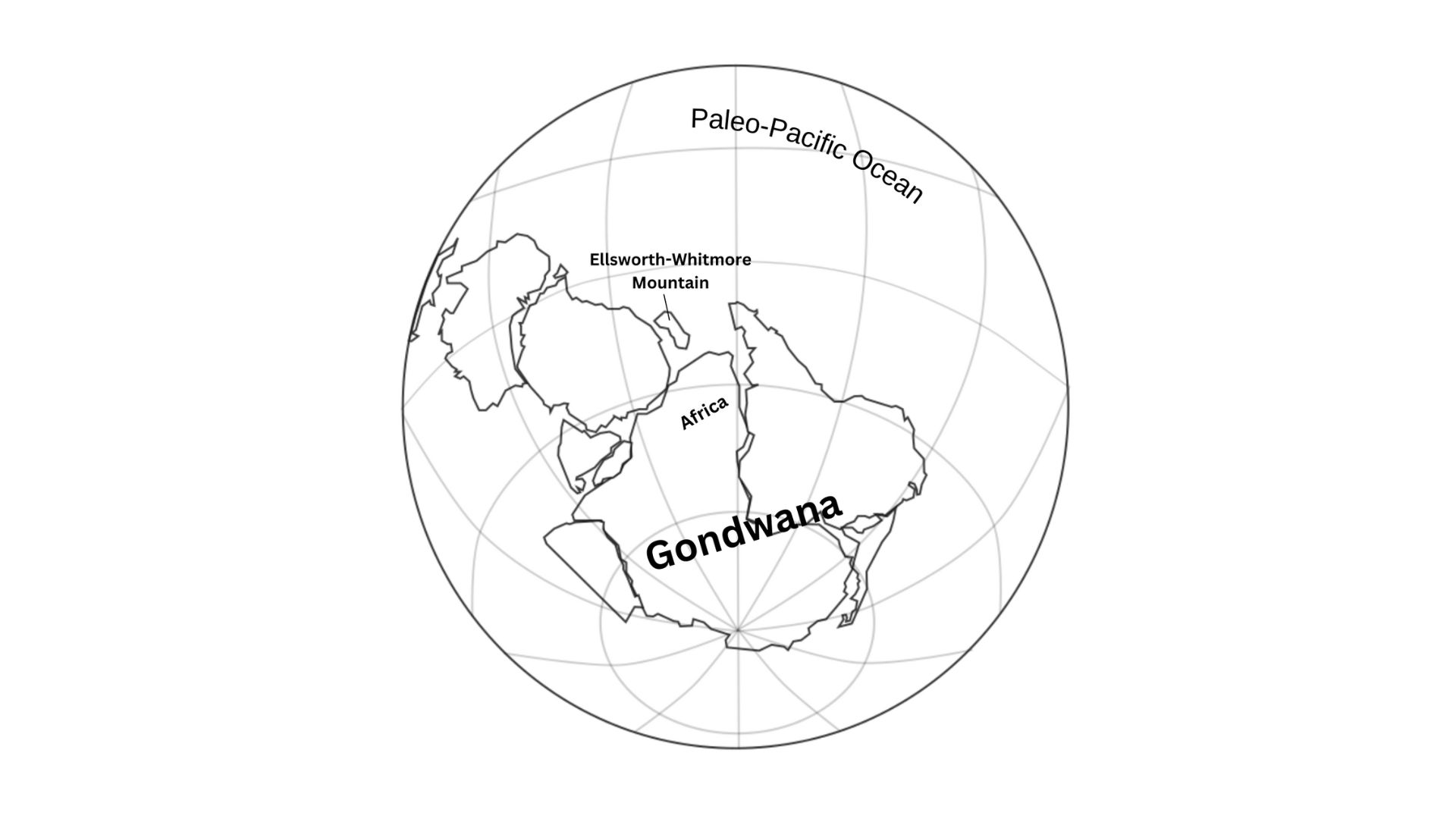
Thanks to these models, researchers were able to theorize about what formed the IOGL about 120 million years ago. According to this study, the Indian plate broke away from Gondwana, a supercontinent that existed at the time.
This caused the Indian plate to collide with the Eurasian plate, which eventually formed the Himalayas. However, before this collision took place, the Indian plate had to pass over the Tethys plate.
Closing Up an Ancient Ocean
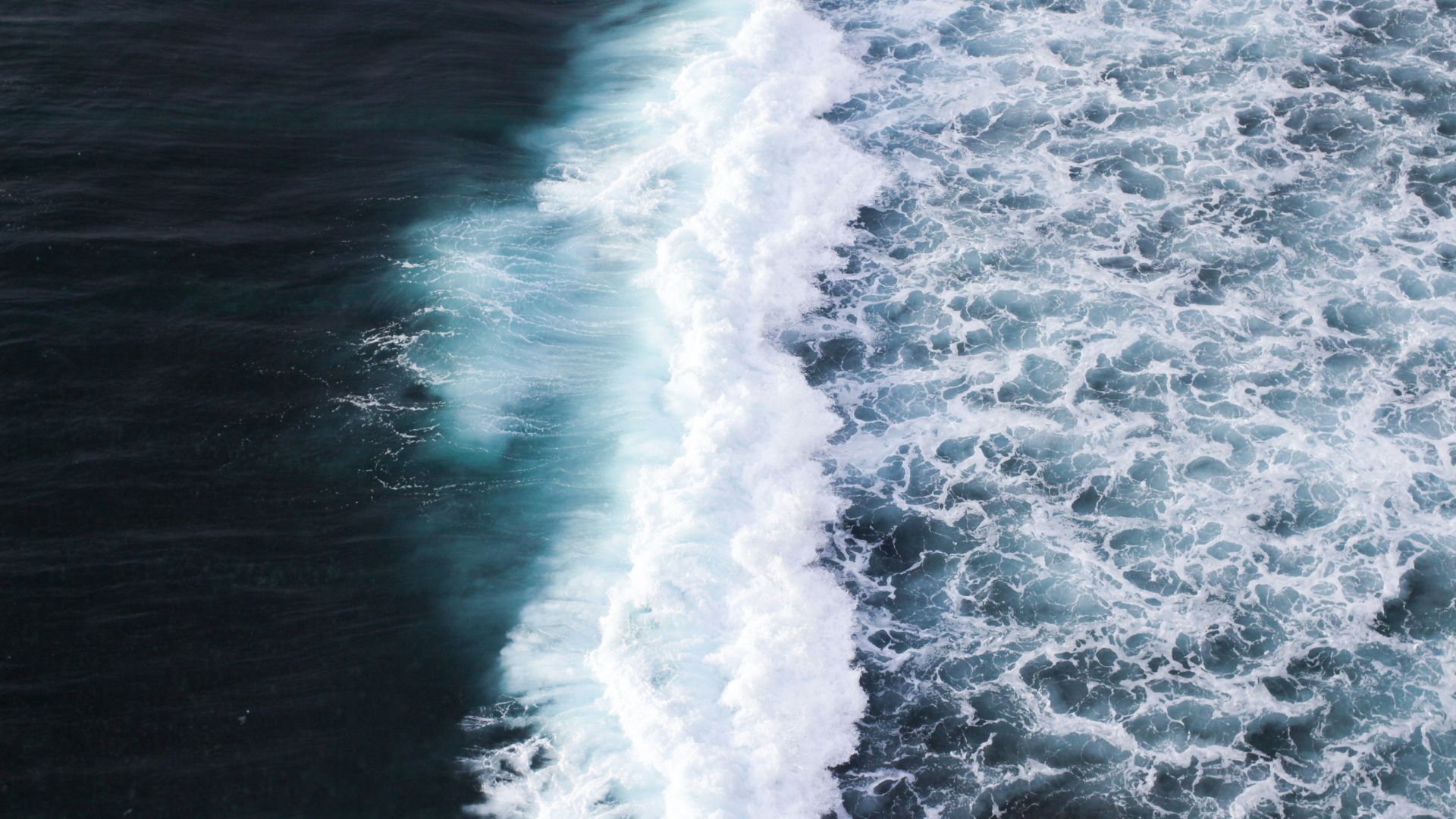
As the Indian plate passed over the Tethys plate, the ancient Tethys ocean was closed up. This caused Tethyan slabs, which were fragments of the Tethys plate, to be shoved into the Earth’s mantle.
This further ended up displacing trapped “African blob” material, which is continent-sized magma that lies under about 600 miles of East Africa. About 20 million years ago, this material rose up in plumes towards the Earth’s surface.
An Ancient Ocean and Odd Plumes
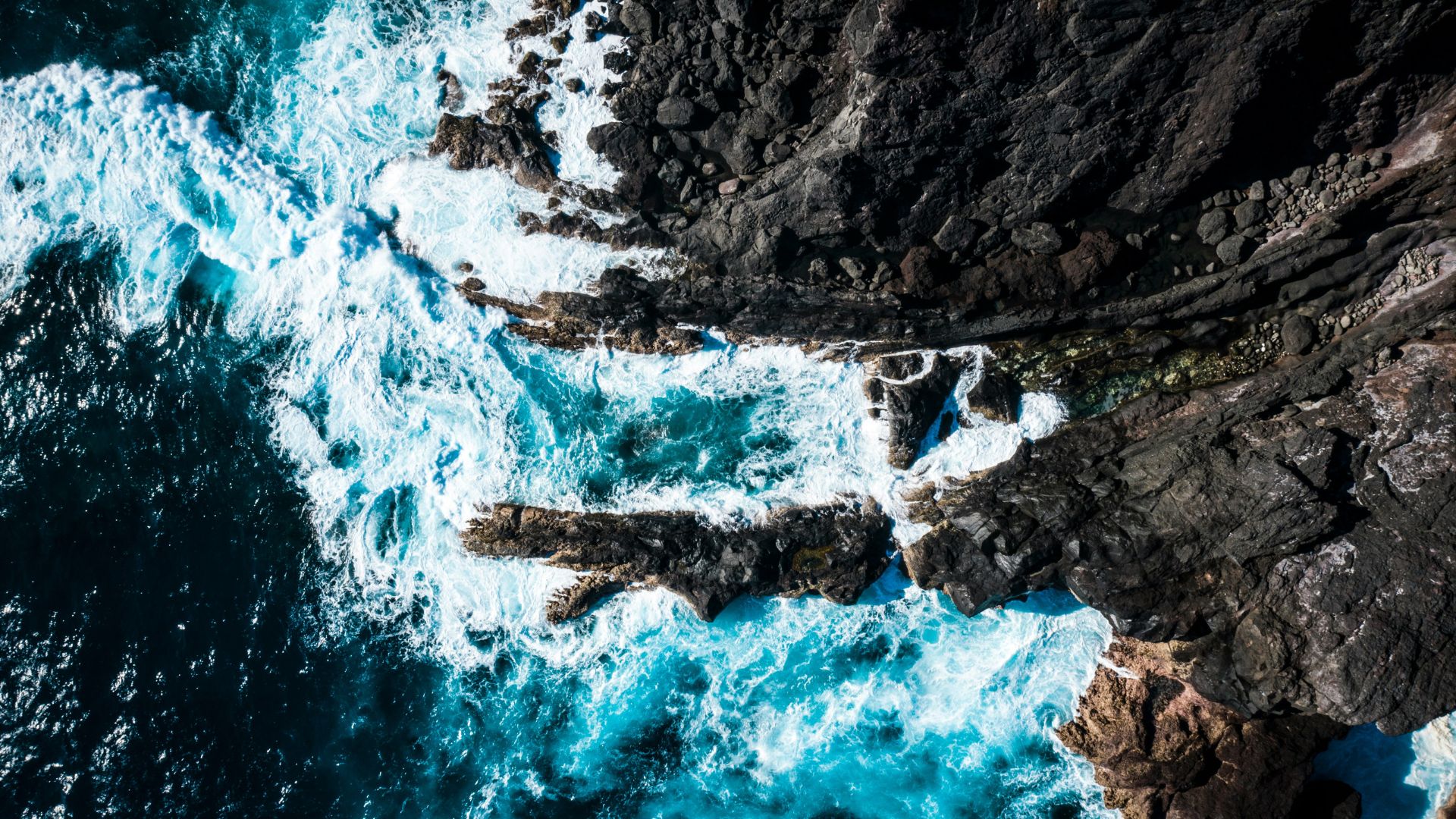
Therefore, these odd plumes, as well as the Tethys slabs being shoved into the Earth’s mantle, caused the Indian Ocean’s gravity hole.
As all of this happened many millions of years ago, the region has had more than enough time to form and create this interesting anomaly.
The Anomaly’s Future
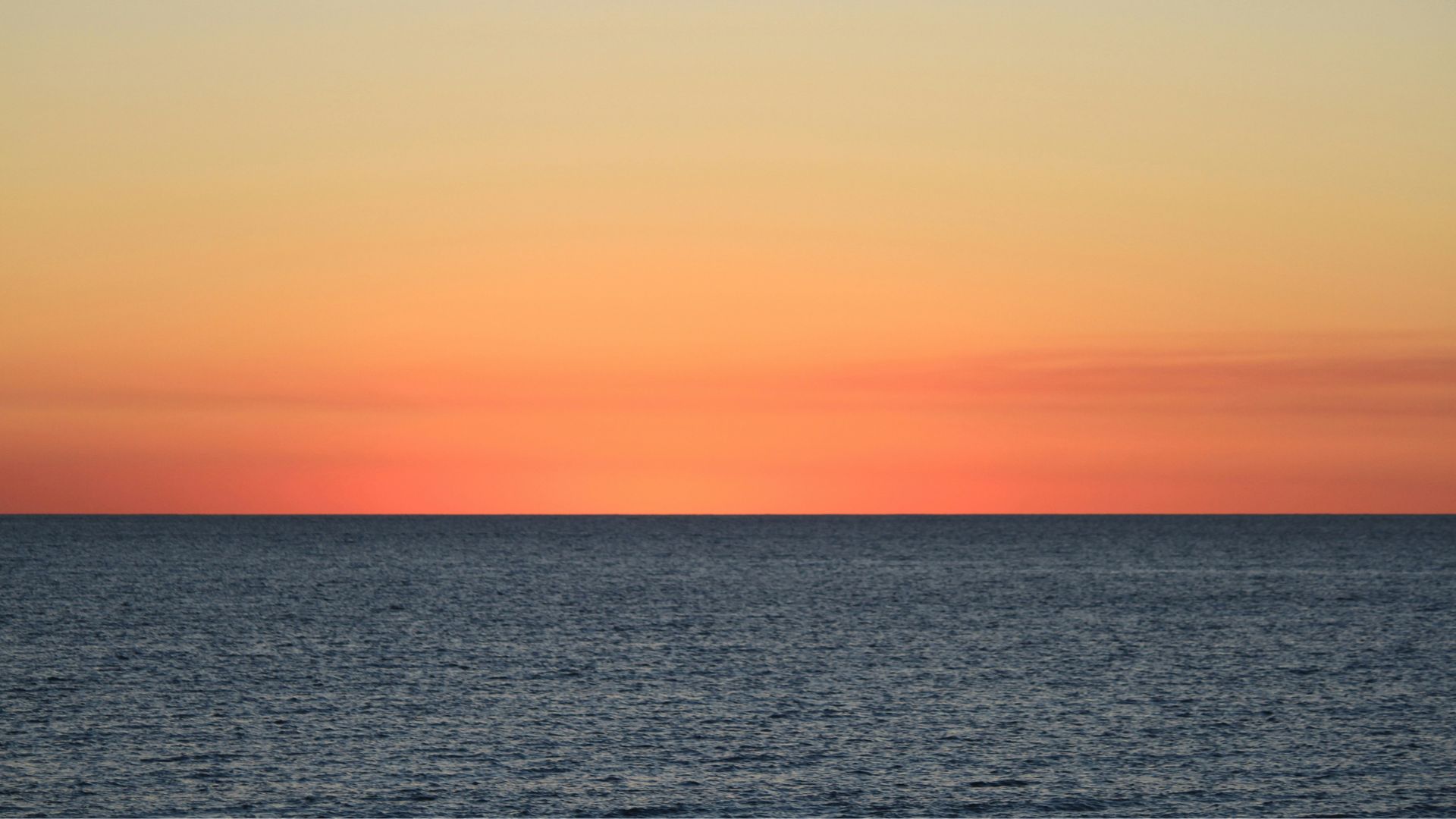
Some questions about the anomaly still remain. The researchers attached to this study do wonder what the IOGL’s future holds.
For example, they do not know if this anomaly will eventually disappear — or if it will end up shifting.
